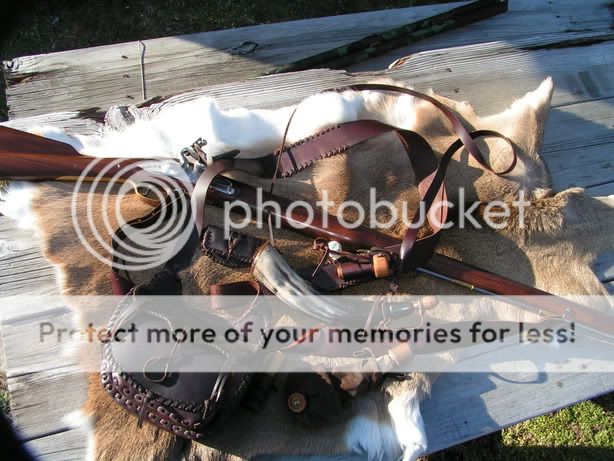YA-FLIPIN-HOO!
I found my note book!
Last entry was 10-5-05. guess it's been longer than I thought.
Appears my best selection at that time was .715 RB, slightly(?) hard lead - probably a reclaimed mix, soft but not pure.
.025 Blue denim patch that I had bought 4 yds. of and melted Borebutter into with microwave to saturation. Also noted patches were used 5 times before any failure (must of been testing durability)
Also appears I was trying to determine on settling with 100 or 110 gr. 2Fg Geox as a charge.
Also was noted wanting to try 1Fg. if I could find it available.
Interesting notes:
80 gr & .735 w/ pillow ticking was disastrous for patch & accuracy.
3Fg gave me a troublesome very hard crud ring.
30+ shots on a flint before touching up was not uncommon. Remarked that 1 had 48 shots on it and still going when changed for a hunt (duck).
Never really satisfied with my shot patterns (I remember that well).
Funny thing is, this is the first gun I ever kept a Journal on. And boy am I glad I did!
One of the big helps at the time was a man called "Musketman" on this site. Avatar was the Scarecrow. Is he still around?
Thank you for the replies, appreciated.
Now to clean up my mess and get back to shootin :hatsoff:
Gary





